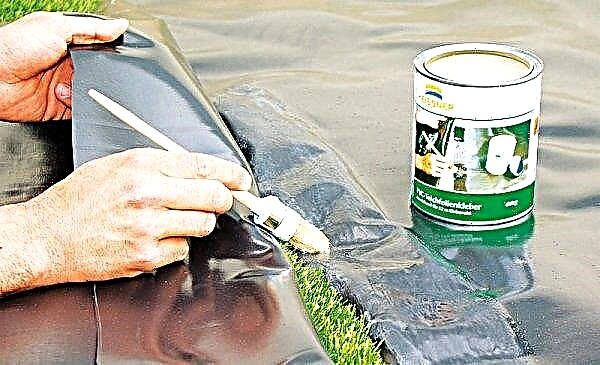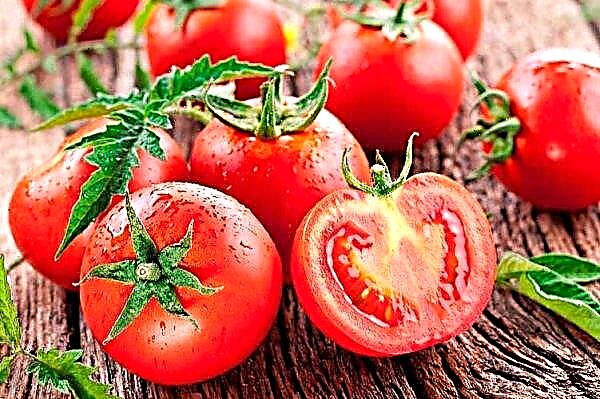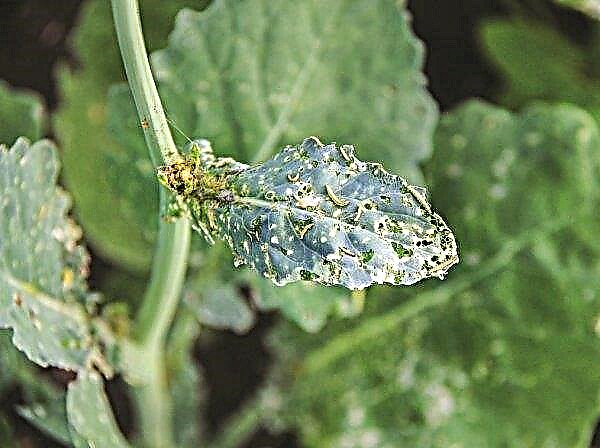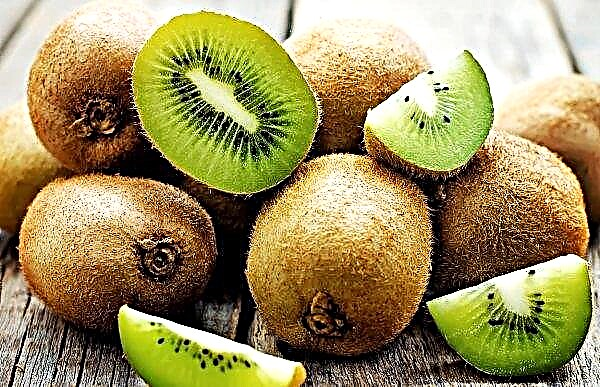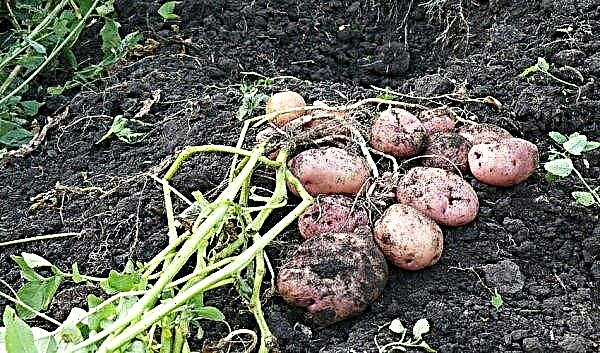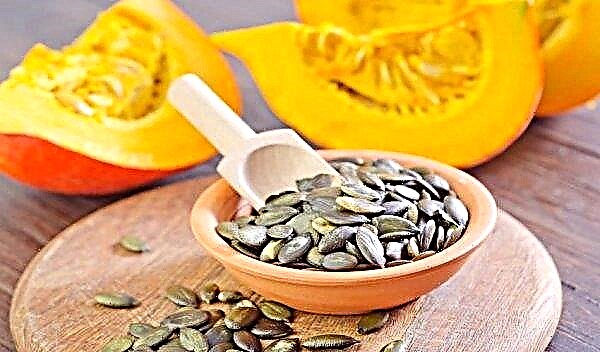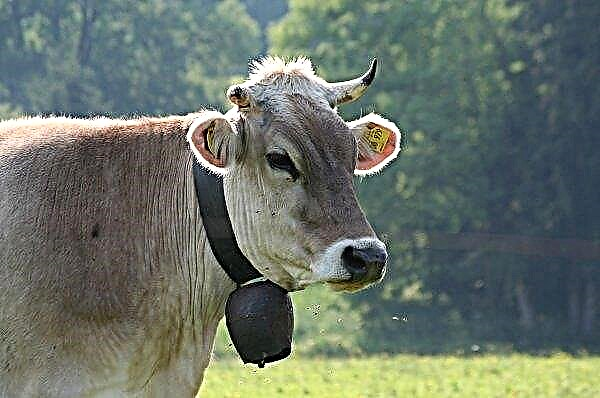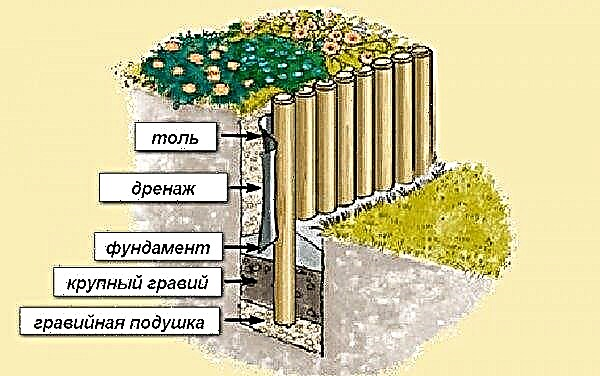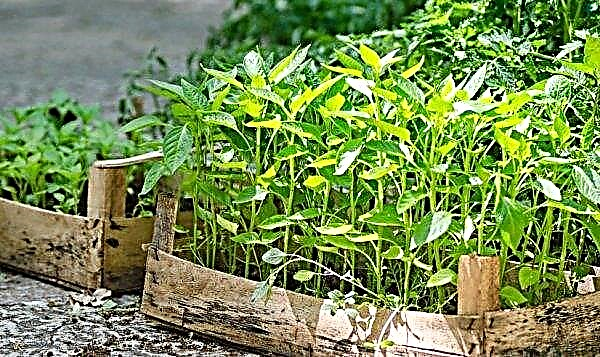When growing cucumbers on the site, it is necessary not only to provide the bushes with proper care, but also to notice the appearance of diseases in time. A common sign of infection on the bushes is the appearance of brown spots of various shapes and sizes on its leaves. In the article, we consider the diseases of cucumbers associated with this symptom, methods of their treatment and preventive measures to prevent the occurrence of infection.
Why did brown spots appear on the leaves of cucumbers, and what should I do?
Cucumbers can be sick with diseases that often arise as a result of improper care of the plant. Therefore, it is important not only to detect brown spots on cucumbers in time, but also to understand what this means. This will allow you to correctly determine the name of the disease and the cause of the occurrence, as well as find out how to treat it.
At the initial stage of the disease, it can be treated with the help of folk remedies. They are non-toxic to humans, do not accumulate in the soil and fruits, but at the same time are found in the economy of each gardener. But if the use of folk remedies does not give the desired result or the disease is started, it is recommended to treat cucumbers with chemical drugs. They will eliminate the infection and keep the crop.Did you know? 90% of cucumber consists of water, which is similar in composition to distilled and useful for all cells of the human body.
Consider the diseases of cucumbers, the symptoms of which may be dark spots on the leaves, and we will figure out how to treat the plants in each of these cases.
Cladosporiosis
The second name of the disease is brown spotting. It affects not only the leaves of cucumbers, but also the fruits. First, round brown spots appear on the bush. After 2-3 days, these spots become larger and darker, and after drying, they are destroyed. The causative agent of the disease is a fungus that quickly spreads by the wind over considerable distances and can ruin the entire crop of vegetables in the garden.

Causes of cladosporiosis:
- cold and rainy weather;
- a big difference between day and night air temperature;
- plentiful dew in combination with cold nights;
- the presence in the soil of last year's grass residues containing fungal spores.
Spores of the fungus persist for a long time in the soil and, if untreated, can quickly destroy the plant.
To save cucumbers, you need to perform the following actions:
- Do not water diseased bushes for 3-5 days.
- Monitor the air temperature in the beds with cucumbers. If the nights are too cold, cover the plants with a film.
- Spray the plants with an aqueous solution of Bordeaux liquid or a 0.4% solution of copper oxychloride. For greater effectiveness, a little liquid soap can be added to these solutions. The treatment is carried out twice, keeping the interval between spraying in 5-6 days.
- If the lesion area is large, apply chemical drugs - "Fundazol" or "Oksikhom." Use them according to the instructions on the packaging.
Important! For the prevention and treatment of cladosporiosis, the average daily air temperature in the beds should be maintained at about + 20 ° C.
Ascochitosis
The causative agent is fungal spores. A yellow edge appears on the leaves of diseased cucumbers, the edges of the leaf begin to dry out. Then, yellow-brown spots with black dots appear on the surface of the green mass of the plant. If you do not start the treatment of ascochitosis at this stage, the fungus forms dark mucous ulcers on the fruits, which make the cucumbers unsuitable for eating.
The causes of the disease may be:
- the remains of last year’s plants in the soil infected with fungal spores;
- lack of disinfection of seeds when planting cucumbers;
- increased humidity of the soil and air.
The infection is rapidly transmitted by airborne droplets and can infect all cucumbers in the area. Ascochitosis treatment is carried out in this way:
Ascochitosis treatment is carried out in this way:
- Wipe the affected leaves and stems of the bush with a powder mixture of lime and ash.
- Treat the affected cucumbers with a 1% solution of Bordeaux liquid. The procedure is carried out with an interval of 10-14 days.
- Spray the root part of the stems of cucumbers with a solution of 10 l of water, 5 g of copper sulfate and 10 g of urea.
- If all the described actions do not bring the desired result, the cucumbers are treated with chemical preparations against a fungus, for example, Oksikhom, according to the instructions on the package.
Anthracnose
This fungal disease is often called copperfish. It affects the entire plant - from the stem to inflorescences and fruits. First, numerous indented spots of a small size appear on the leaves, having a characteristic “copper” shade. Over time, their area increases, and the leaf completely dries up, and wet ulcers form on the cucumbers, secreting a pinkish liquid.
The main causes of infection are:Did you know? On the territory of Iran, a delicious sweet dessert is prepared from cucumbers, which is served at the table at the end of the meal.
- lack of disinfection of cucumber seeds before planting;
- the presence in the soil of last year's grass residues containing fungal spores;
- the use of cold water for watering bushes;
- sharp temperature drops on the beds with plants.
If the disease is detected at an early stage, the plant can be saved without losing crop.
To treat anthracnose on cucumbers, you need to perform the following actions:
- Spray diseased plants with a 1% solution of Bordeaux fluid. Repeat the procedure once a week.
- Treat the affected leaves and sections of the stem with a 0.5% solution of copper sulfate, and then sprinkle with lime.
- You can use a proven folk remedy - infused onion solution to eliminate the infection. To prepare it, you need to boil 10 liters of water with the addition of 50 g of onion husks. Then let the solution brew for several days, and then use it to treat diseased cucumbers.
- For a more effective fight against the disease, biologics “Fitosporin-M” or “Alirin-B” are used. Processing the bush should be carried out according to the instructions on the packaging of the product.
Video: Methods of combating anthracnose on cucumbers
Bacteriosis
The second name of the disease is often used - angular spotting. More often, the infection affects the cucumbers that are grown in the greenhouse. The causative agent is bacteria that infect the entire terrestrial part of the plant.
The main symptom of the disease is small watery spots on the lower surface of the leaves. Then they are replaced by brown spots with a yellow border, located on the upper part of the leaves of the plant. In place of spots, round holes form over time, as a result of which the green mass of the bush withers, and the crop dies.Important! Bacteriosis quickly spreads through the site due to wind, insects and rain spray.
The causes of bacteriosis on cucumbers are as follows:
- the presence of bacteria in the upper layer of soil, which was poorly cleaned from last year's grass;
- lack of autumn digging of the earth in the garden;
- insufficient distances between adjacent bushes of cucumbers;
- excess nitrates in the soil - pathogens of bacteriosis feed on them;
- lack of disinfection of planting material.
You need to start the fight against infection immediately after the onset of the first symptoms.
Bacteriosis treatment is carried out by the following methods:
- Remove parts of the bush affected by bacteriosis and burn them away from the site with cucumbers.
- Treat diseased bushes of cucumbers with 1% solution of Bordeaux liquid. For irrigation of infected bushes, you can use a 0.3% solution of copper oxychloride.
- To combat the disease at the initial stage, diluted onion broth is used. For 10 l of water, 50-60 g of onion husks. The broth is brought to a boil and insisted for 12 hours. Before spraying the plants, the onion broth is diluted with water in a ratio of 1: 4.
- If the number of brown spots on the leaves of cucumbers is large, treat the plants with chemicals - Kuproksat or Abiga-Peak, according to the instructions on the package.
Gray rot
The disease is bacterial in nature. It affects the stems, leaves and inflorescences of cucumbers, covering them with watery spots of a brown hue. Over time, these dark areas grow in width and merge with each other. Their surface is covered with a light gray coating, as a result of which the plant quickly dies.
The causes of the disease may be:Important! The causative agents of the disease remain viable for a long time and can remain in the soil on the remnants of the affected leaves and last year's grass.
- too thick plantings of cucumbers on the site;
- significant waterlogging of the soil as a result of improper irrigation;
- low air temperature, especially at night.
Treatment of diseased bushes is carried out in this way:
- Trim the affected parts of the plant (leaves, inflorescences and fruits), remove them from the site and burn.
- If the bush is only slightly affected by the disease, you can try to cure the ailment with the help of folk remedies. To do this, mix the chalk powder with potassium permanganate and add a few drops of water to make a viscous gruel. With this tool, they treat the places of cut of the parts of the plant affected by gray rot.
- To treat bushes with special preparations against gray rot - “Rovral” or “Bayleton”.
Video: Gray and white rot on cucumbers, methods of struggle
General preventive measures
Any disease is easier to prevent than to cure. To minimize the risk of all of the above diseases and yellow-brown spots on the leaves of cucumbers, you need to provide the bushes with proper care.
You can prevent the occurrence of the above diseases with the help of such actions:
- every year, to devote another plot for planting cucumbers, plants can be re-sown in the same place only after 4 years;
- cucumbers should grow in a well-lit place with no drafts;
- regularly inspect the bushes for brown spots on the leaves;
- carefully remove weeds and last year's plant debris from the beds;
- carry out annual autumn digging of land on the site;
- never use cold water for watering plants;
- before planting seeds of cucumbers to carry out their preventive treatment - soak the planting material in a weak solution of potassium permanganate for 15 minutes;
- during the landing of cucumbers on the site, observe the distance between neighboring plants, so as not to thicken the planting;
- carry out preventive spraying of plants with a solution prepared from 1 liter of milk, 20 g of laundry soap grated on a grater and 30 drops of iodine. Cucumbers need to be processed every 10-12 days.
The main prevention of cucumber diseases is the proper care of plants. But even diseased bushes can be cured if the disease is detected in time and the recommendations for its treatment listed in the article are followed.

